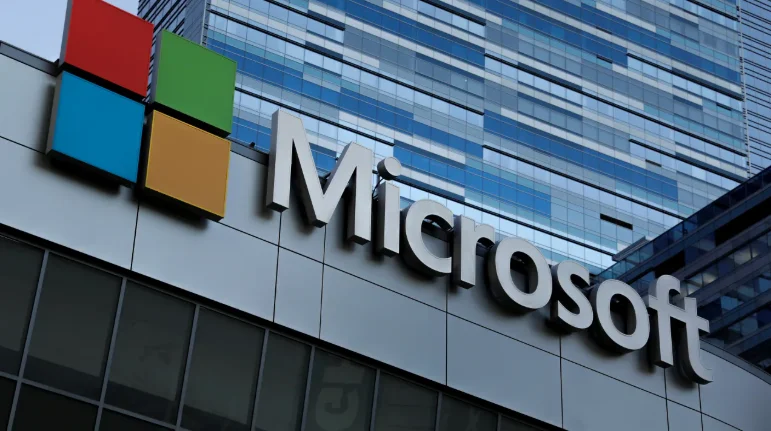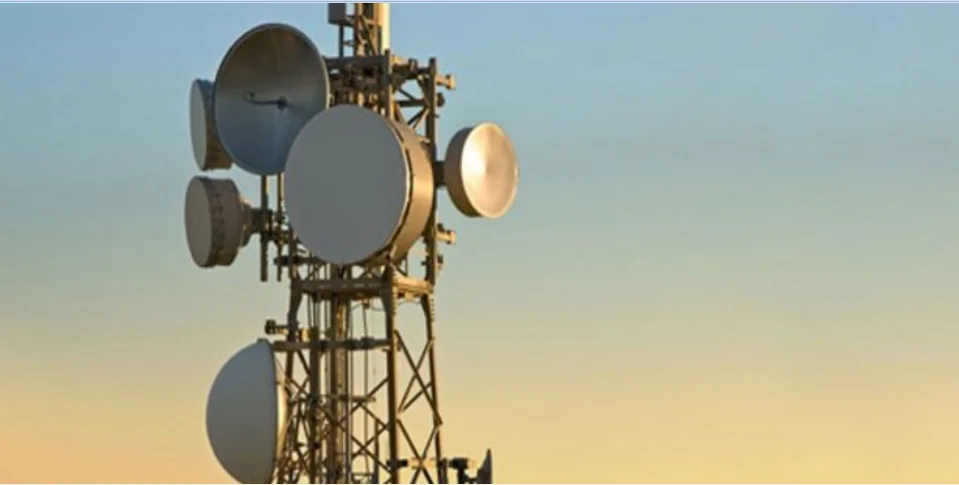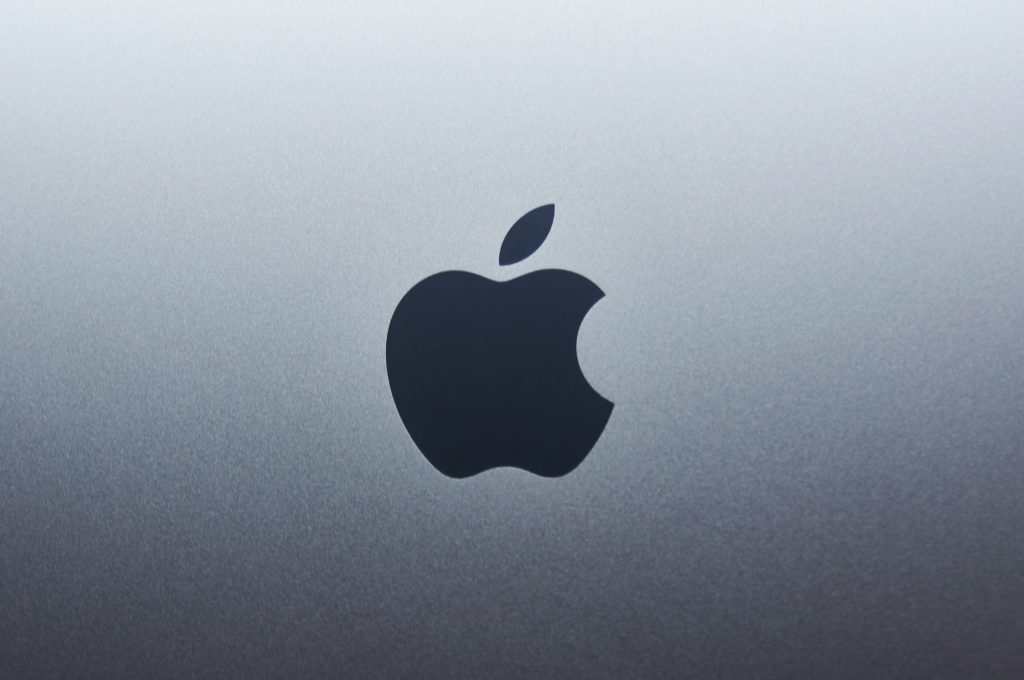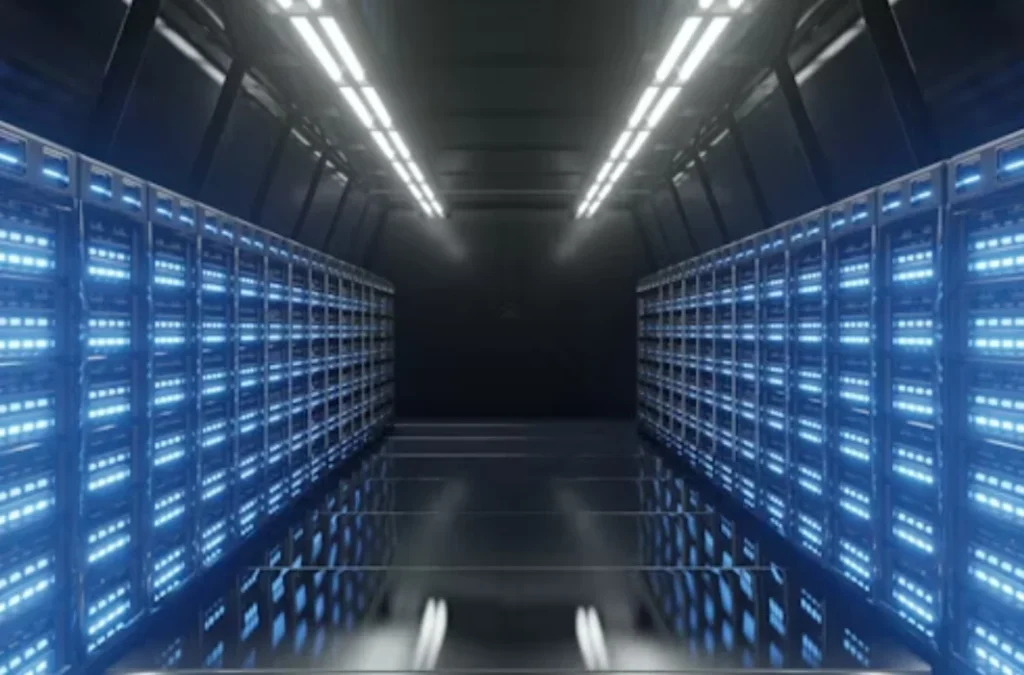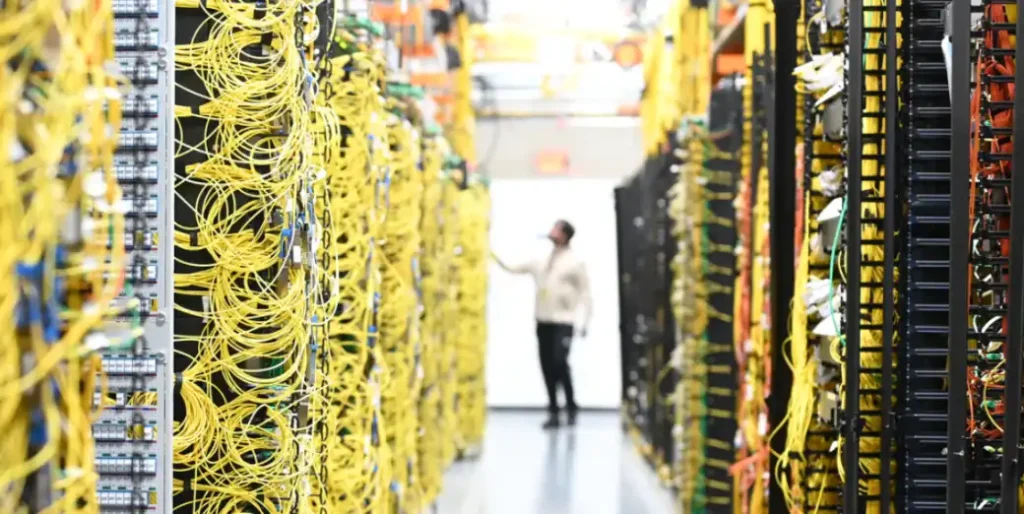Microsoft Phases Out Blue Screen of Death in Windows 11 Update
In a major change to its operating system’s visual identity, Microsoft has officially announced the end of the Blue Screen of Death (BSOD) — the infamous error screen long associated with system crashes and unexpected restarts on Windows computers.
In a blog post published Thursday, the company revealed that Windows 11 version 24H2 will introduce a new black “unexpected restart” screen, aimed at offering a more streamlined and user-friendly experience.
Windows 11 Gets a Black Screen of Death (BSOD) in 2024
Starting summer 2024, the Black Screen of Death will begin rolling out to Windows 11 24H2 devices as part of Microsoft’s broader efforts to improve system recovery experiences. The change is intended to make restarts feel less alarming and more consistent with Windows 11’s modern UI.
“We’re streamlining the unexpected restart experience,” Microsoft stated, touting the update as a faster and easier way to recover from system crashes.
A Brief History of the Blue Screen of Death
The Blue Screen of Death has been part of the Windows OS since the early 1990s, according to longtime Microsoft developer Raymond Chen. It has long served as a dreaded symbol of system failure, appearing when Windows encounters a critical error.
In July 2024, the blue screen resurfaced in headlines globally after a botched update from cybersecurity firm CrowdStrike triggered widespread system failures, crashing Windows PCs across major corporations and government agencies.
What the New Black BSOD Means for Users
The new black restart screen in Windows 11:
- Offers a more modern, less jarring visual experience
- Improves clarity and consistency in how restart issues are communicated
- It is part of a broader UX upgrade in the Windows 11 24H2 release
While the underlying system diagnostics and troubleshooting codes remain the same, the visual shift signals a new era in Windows system messaging.
Final Thoughts
The retirement of the Blue Screen of Death marks a symbolic end to one of Windows’ most recognisable elements. As Windows 11 continues to evolve, Microsoft appears focused on delivering a smoother and less disruptive user experience, especially during system errors.
Though nostalgic users may miss the familiar blue, the new black screen reflects a modern Windows aesthetic, signalling progress, stability, and a more polished operating system for the future.

